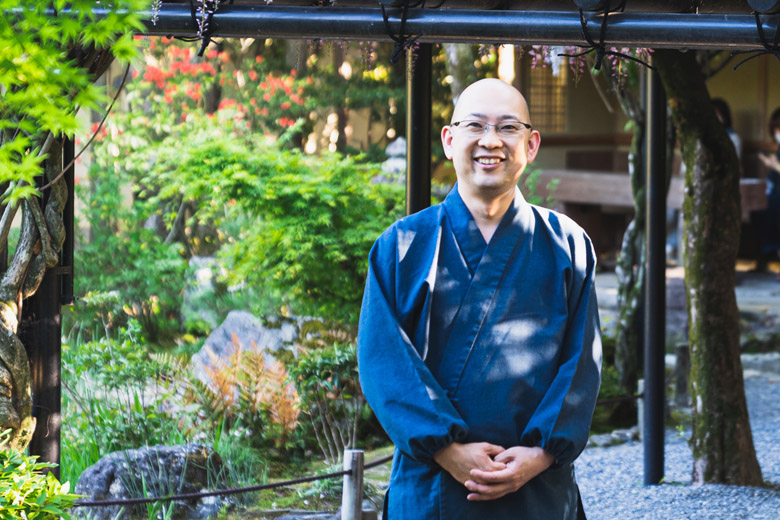People
A Tasteful Meditation: Reconnect with Your Senses at a Zen Temple
People
A Tasteful Meditation: Reconnect with Your Senses at a Zen Temple

Content Partner
Japanese high-end experience booking platform WABUNKA.We offer exclusive experiences such as behind-the-scenes tours of manufacturing facilities and temples.
Content Partner

Japanese high-end experience booking platform WABUNKA.We offer exclusive experiences such as behind-the-scenes tours of manufacturing facilities and temples.
Interview with Reverend. Daiko Matsuyama, Deputy Head Priest of Taizo-in Zen Buddhist Temple, Myoshin-ji
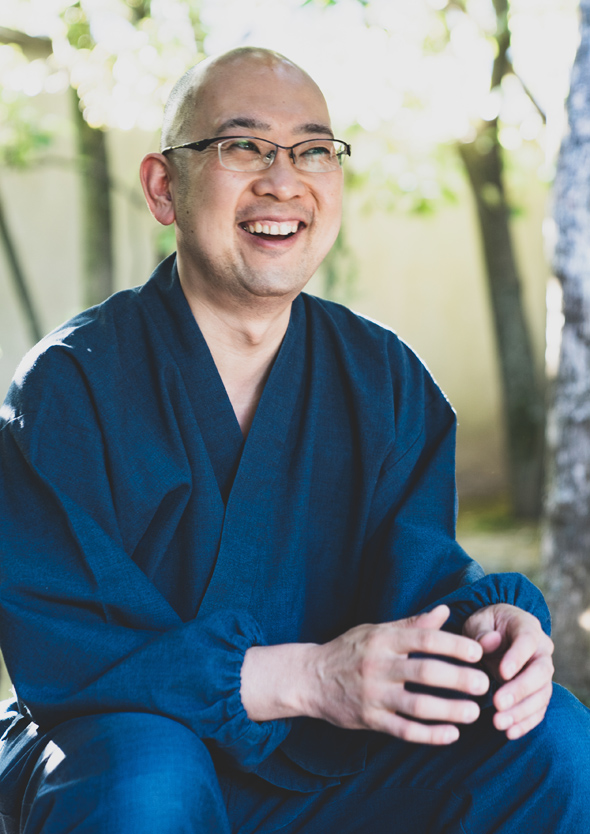
The Splendor of each season and the serenity of Zen exist in harmony at Taizo-in Temple
Taizo-in Zen Buddhist Temple in the Hanazono area of Kyoto was founded over 600 years ago. It is the oldest among the over forty sub-temples within the Myoshin-ji Temple Complex, the headquarters of the Rinzai Sect of Zen Buddhism. The temple has a National Treasure ink painting Hyonenzu “Catching a Catfish with a Gourd” (the original is in a museum now), a dry landscape garden designed by master painter Kano Motonobu about 450 years ago, Motonobu no Niwa, and a pond garden known as a mid-twentieth century masterpiece, Yoko-en.
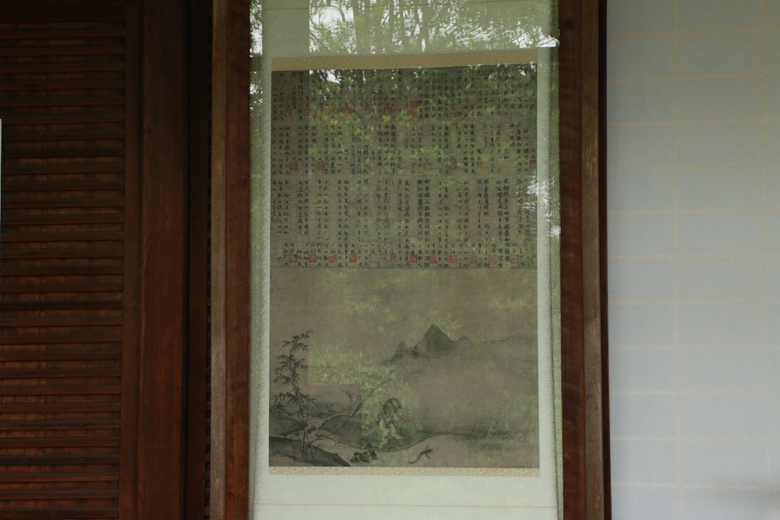
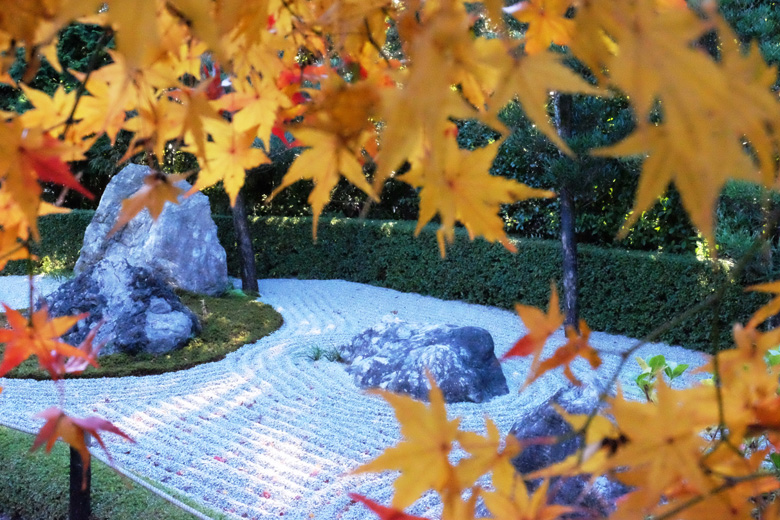
In search of ways to offer the “true flavors” with their benefits
When Rev. Matsuyama was a young child, enjoying matcha that he whisked in a bowl himself, after coming home on his preschool bus, was part of his everyday life.
“According to a person who researches fragrance in Osaka University’s Faculty of Medicine, the best way to prepare matcha and gain the relaxing effect of its fragrance is to whisk it. Of course, the matcha they serve in shops is delicious, but the fragrance of the moment it is prepared using a whisk is by far the most luscious and important” so he tells the merit of practicing it yourself.
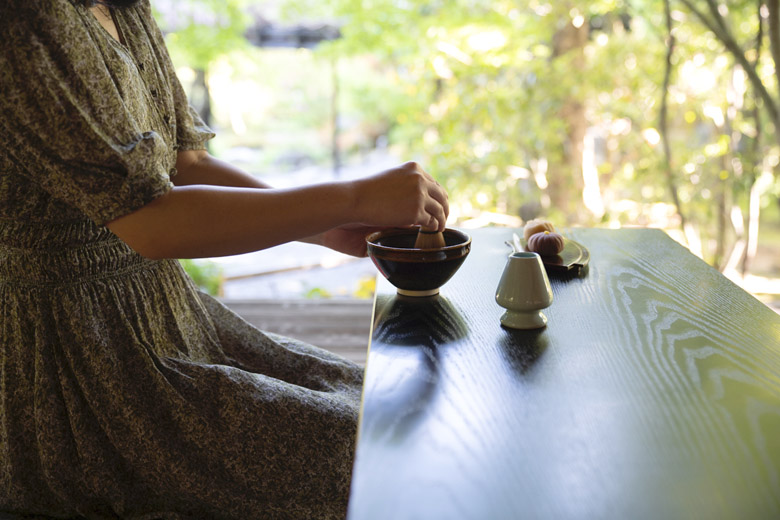
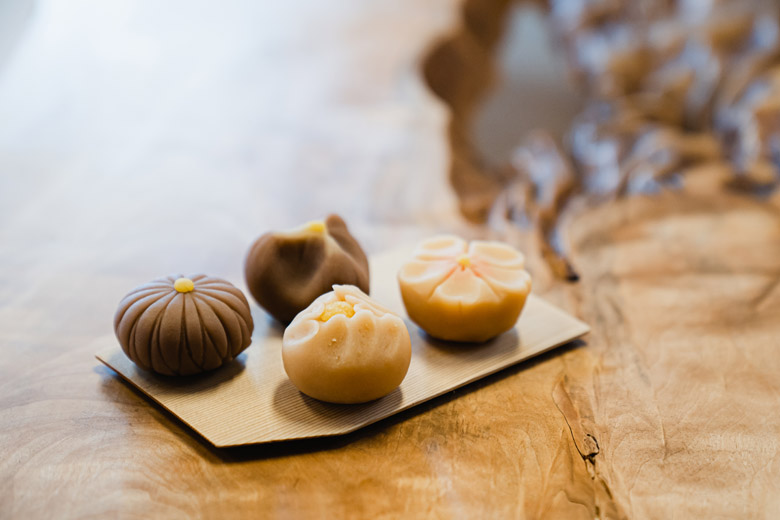
Rev. Matsuyama’s strong devotion to “offering authentic flavors and benefits” chimed in unison with Oimatsu’s wish to allow people to “Taste freshly made Kyogashi not only by their flavors but by also enjoying their poetic names and admiring their artistic appearances” resulting in a project offering guests the experiences of making Kyogashi sweets themselves and then tasting them at Taizo-in.
A Kyogashi making workshop by an expert confectioner and a relaxing time at Taizo-in
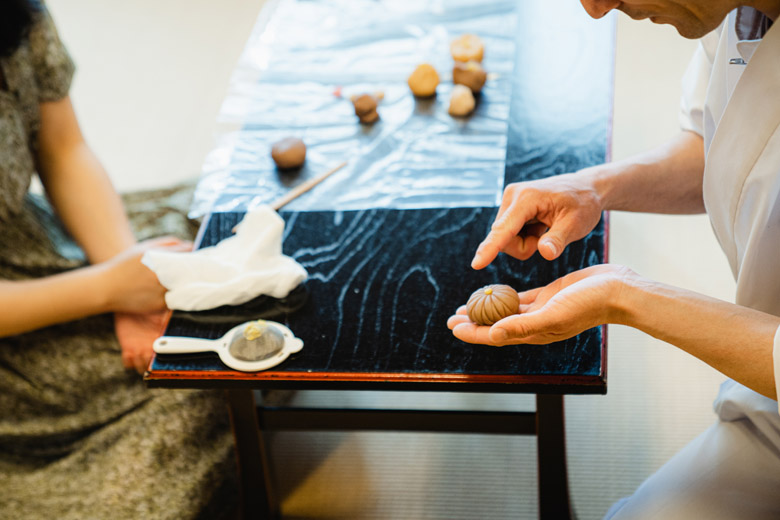
Upon arriving atTaizo-in, you will be seated in a tea ceremony room where you can whisk your own bowl of matcha tea. Relaxing with the gentle aroma of matcha that fills the space, you will enjoy the sweets you made yourself.
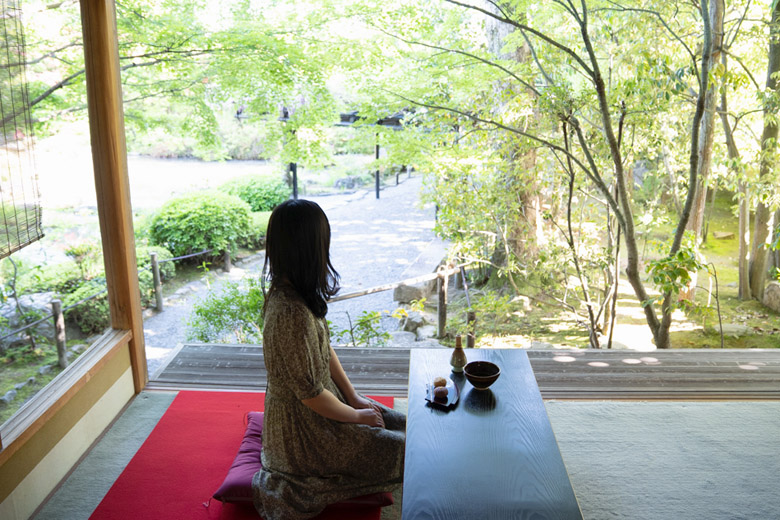
At the end of the experience, you can leisurely stroll in the temple garden. If you find a place that you especially like, you are invited to close your eyes and immerse yourself in meditation there.
A special experience that resonates with all five senses
The experience of making Kyogashi with a professional artisan, and then tasting freshly made matcha at a tea ceremony room looking out onto the garden in Taizo-in is a truly rewarding experience filled with Rev. Matsuyama’s wish for everyone to “taste the true flavors.”
“I hope people can leave their everyday lives behind for a moment, immerse themselves in their own senses and take themselves on a spiritual retreat,” said Rev. Matsuyama.
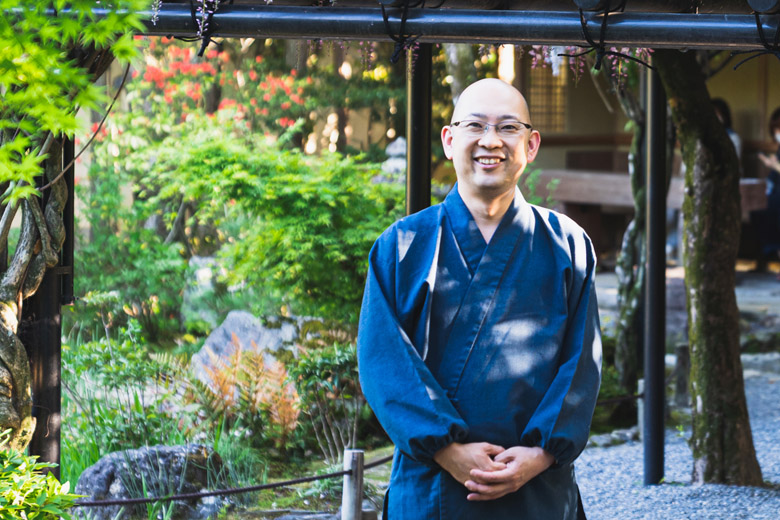
Taizo-in Zen Buddhist Temple
Website:http://www.taizoin.com/en/
Special plan
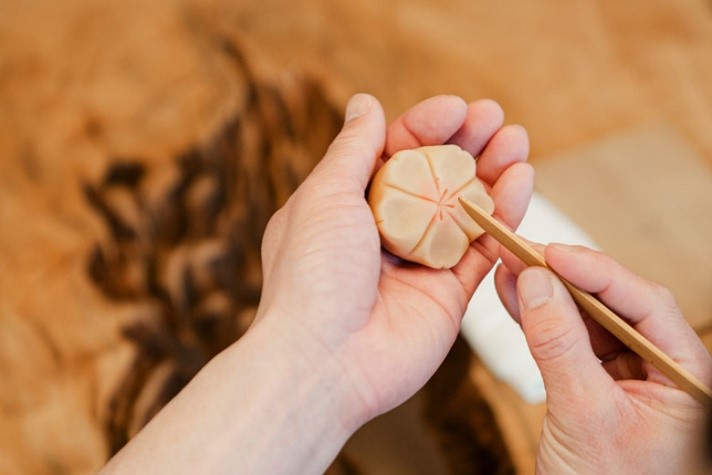
–Please refer to WABUNKA's website for prices and availability.
>For more information(Japanese only)
Read more article on Partner’s site

Language: Multilingual
https://wabunka-lux.jp/Japanese high-end experience booking platform WABUNKA.We offer exclusive experiences such as behind-the-scenes tours of manufacturing facilities and temples.


